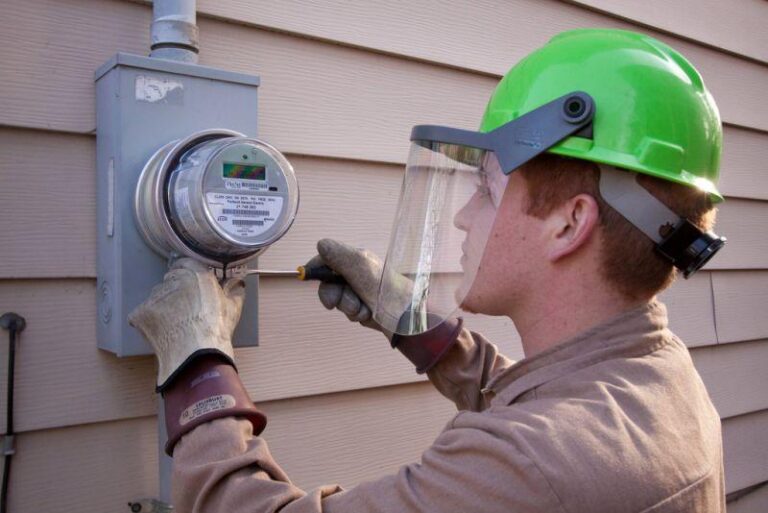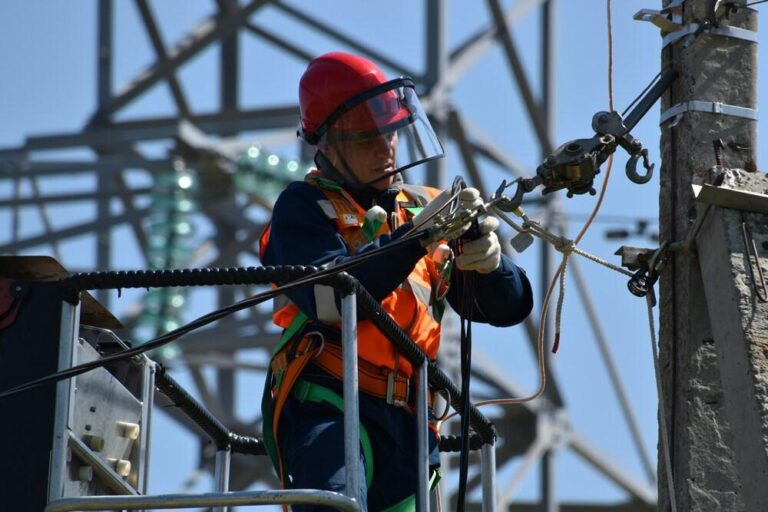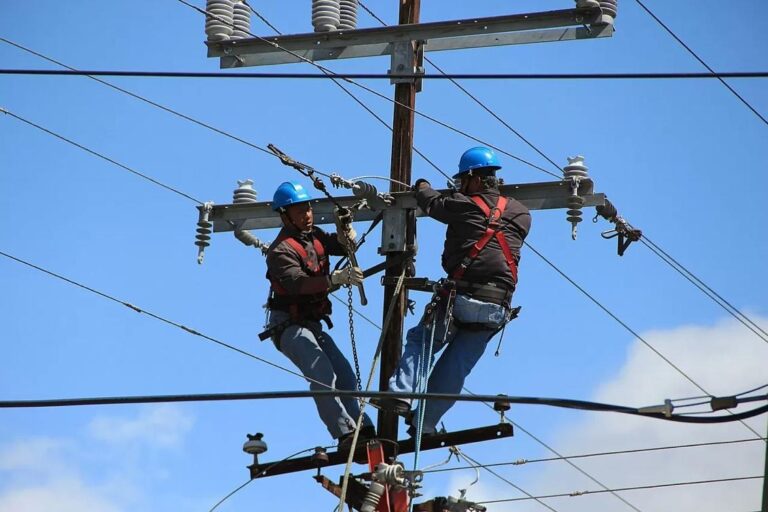The installation of power lines is a critical aspect of maintaining and expanding the electrical infrastructure that powers homes, businesses, and industries. Power lines can be installed either overhead or underground, each with its advantages and specific applications. Understanding the distinctions between these two methods of installation is essential for electricians and property owners alike. While both serve the same purpose of transporting electricity from substations to consumers, the decision on which method to use depends on factors such as cost, terrain, and environmental considerations.
Overhead Power Line Installation
Overhead power lines are the most visible and commonly used method of electricity distribution. They are typically suspended on poles made from wood, steel, or concrete and can span long distances. The installation of overhead power lines involves several key stages.
First, the route of the power line is surveyed to ensure minimal disruption to existing infrastructure and the environment. Once the path is confirmed, poles are erected along the route. These poles act as supports for the cables that will carry the electricity. The poles must be placed at strategic intervals to prevent sagging, which can compromise the performance of the line.
After the poles are installed, conductors are strung between them. The conductors, typically made from aluminium or copper, are attached to insulators on the poles to prevent electrical shorts. Overhead lines are vulnerable to weather conditions such as strong winds, storms, and lightning strikes. As a result, careful attention is given to ensuring the lines are adequately protected, often through the installation of surge arresters or grounding systems.
While overhead lines are more cost-effective and easier to repair, they are exposed to external risks like falling trees, wildlife interference, and extreme weather events, which can lead to outages.
Underground Power Line Installation
Underground power lines offer an alternative to the overhead method and are typically used in urban areas or locations where aesthetics and safety are of paramount importance. Unlike overhead lines, underground lines are buried beneath the surface, making them less susceptible to external damage from the weather and other environmental factors. However, the installation process is more complex and costly.
The first step in installing underground power lines is to excavate a trench along the proposed route. The depth of the trench varies based on the voltage of the lines and local regulations. Conduits or ducts are often laid in the trench to protect the electrical cables. These conduits are usually made from high-density polyethylene or PVC and provide a shield against moisture, corrosion, and physical damage.
After the conduits are in place, the power cables are pulled through them. The cables are typically insulated with several layers of protection to prevent damage from the surrounding environment. Once the cables are installed, the trench is backfilled, and the surface is restored to its original state. This process requires meticulous planning to avoid interfering with existing utilities such as water, gas, and telecommunications lines.
While underground power lines are more aesthetically pleasing and offer greater protection from environmental hazards, they are significantly more expensive to install and maintain. Detecting and repairing faults in underground cables is more difficult and time-consuming compared to overhead lines, often requiring excavation to access the damaged sections.

















